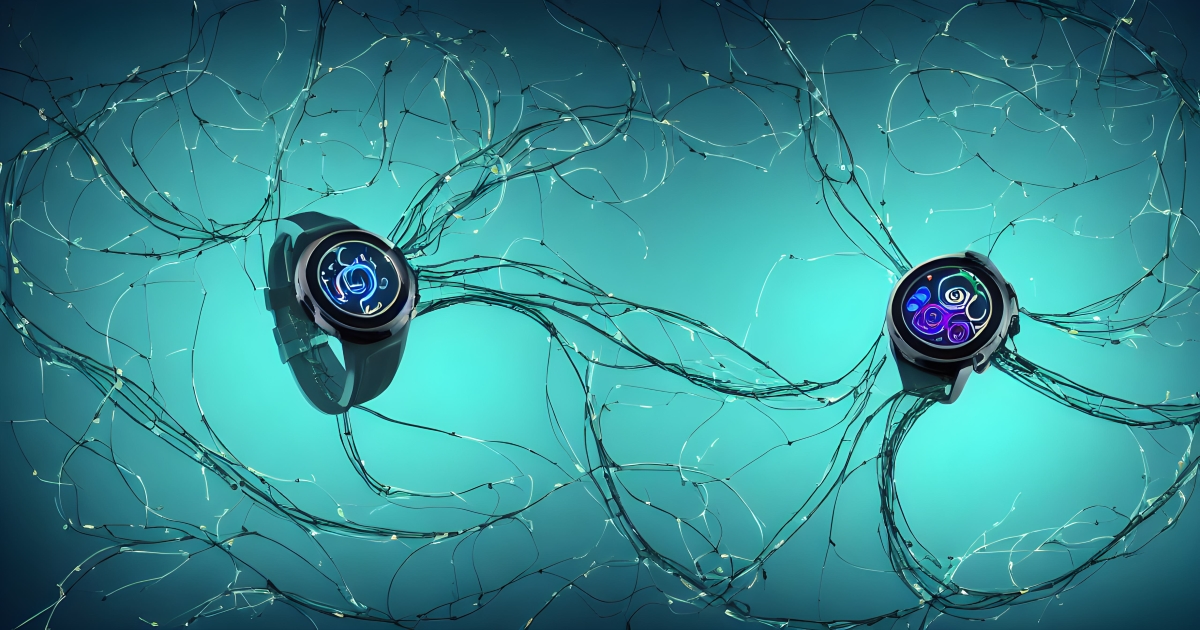Smart Wearable Device Design
A special issue of Designs (ISSN 2411-9660). This special issue belongs to the section "Smart Manufacturing System Design".
Deadline for manuscript submissions: closed (1 December 2023) | Viewed by 335

Special Issue Editor
Special Issue Information
Dear Colleagues,
Wearable device design continues to be a rapidly growing field that is transforming the way we interact with technology. Next-generation smart wearables comprise advanced and adaptable systems that learn from user behavior, user inputs, usage patterns, acquired signals, and their operating environment to increase performance over time. The use of embedded machine learning (ML) algorithms and AI inference on these portable and power-constrained systems has led to intense interest and research in the areas of low-power ML and AI circuits and algorithms, battery life-time management optimization circuits and strategies, and real-time signal acquisition, processing, and reporting, with AI/ML “in the loop”. Additionally, as wearable devices extend their domain from first-generation heart rate monitors into a widening array of applications including smartwatches, VR/AR/XR headsets, brain-computer interfaces, human augmentation devices, security devices, and active medical treatment devices, the domain knowledge required for smart wearable device design continues to expand.
The purpose of this Special Issue is to collect original papers, commentaries, and reviews from industry and academic researchers pertaining to the design of cutting-edge smart wearables. Investigations into the latest designs of reliable and efficient wearable devices, as well as the challenges of integrating ML/AI into these designs, are focal points. Discussions of recent advances in the areas of miniaturized components, power circuits, low-power ML/AI hardware, and processors and subcircuits that can be integrated into wearables to enable higher levels of functionality are also of great interest.
Dr. Leonard MacEachern
Guest Editor
Manuscript Submission Information
Manuscripts should be submitted online at www.mdpi.com by registering and logging in to this website. Once you are registered, click here to go to the submission form. Manuscripts can be submitted until the deadline. All submissions that pass pre-check are peer-reviewed. Accepted papers will be published continuously in the journal (as soon as accepted) and will be listed together on the special issue website. Research articles, review articles as well as short communications are invited. For planned papers, a title and short abstract (about 100 words) can be sent to the Editorial Office for announcement on this website.
Submitted manuscripts should not have been published previously, nor be under consideration for publication elsewhere (except conference proceedings papers). All manuscripts are thoroughly refereed through a single-blind peer-review process. A guide for authors and other relevant information for submission of manuscripts is available on the Instructions for Authors page. Designs is an international peer-reviewed open access semimonthly journal published by MDPI.
Please visit the Instructions for Authors page before submitting a manuscript. The Article Processing Charge (APC) for publication in this open access journal is 1600 CHF (Swiss Francs). Submitted papers should be well formatted and use good English. Authors may use MDPI's English editing service prior to publication or during author revisions.
Keywords
- wearable device
- machine learning
- low-power AI
- adaptive system
- generative design
- multidisciplinary design




